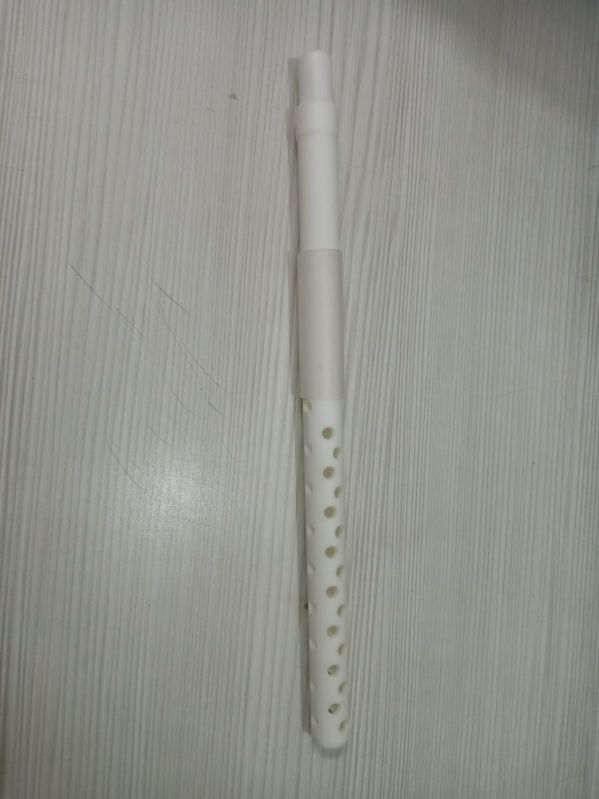Company Information
Ask for more detail from the seller
Contact SupplierPanicker’s Vacuum Suction Haemostatic Device for Treating Post-Partum Haemorrhage
The objective is to find a safe, simple and sure technique for preventing and treating PPH, thereby decreasing maternal mortality and morbidity, and also to find a method to treat PPH in low-resource and primary care settings where even paramedical personnel including ANMs can use this method safely and effectively to save the life of the mother.
Go to:Background
Negative pressure created within the uterine cavity results in cessation of bleeding from the post-partum uterus including atonic post-partum haemorrhage (PPH) and AUB.
Go to:
Forty women who had normal vaginal deliveries and fifteen women who had LSCS were included in this study during the last two-year period in a low-resource maternity hospital which has about 1000 deliveries in a year. All these 55 women developed PPH in spite of using all uterotonic drugs according to the protocol. Four women developed atonic PPH, and the blood loss was more than 1500 ml. Blood pressure, pulse rate, haemoglobin haematocrit, platelet count, clotting time and bleeding time were noted.
The negative suction resulted in aspiration of all the blood collected in the uterine cavity. The quantity of blood sucked varied from 50–300 ml. When the collected blood was completely sucked out, the bleeding ceased. The suction was maintained for 30 min. Then the cannula was taken out slowly after releasing the suction. There was no further bleeding from the uterine cavity, and the uterus was well contracted. Five patients had fresh bleeding from the vagina even after connecting the suction. These were all found to have vaginal tears, and suturing was performed. In two cases where the bleeding was very heavy the cannula got blocked by blood clots. This was observed by the continued bleeding from the vagina even though suction was maintained, and no blood was seen entering into the suction bottle. Immediately the cannula was replaced with another cannula, and suction continued and bleeding stopped. Hence another cannula should always be kept ready. In two cases bleeding persisted on initiating the suction; the suction bottle was found to be full. On rechecking, the placement of the cannula was faulty as it was within the uterine cavity but not reaching up to the fundus. Hence the suction was discontinued and the cannula correctly positioned, after which suction was reapplied and the bleeding stopped. In cases where bleeding or oozing persists despite suction, it is usually from the cervix as the holes of the cannula are within the uterus and are ineffective in the cervix. This bleeding can be stopped by suturing or by packing.
Go to:Conclusion
The strong negative suction produced in the uterine cavity by this special cannula resulted in sucking out all the blood and blood clots. The inner surface of the uterine cavity got strongly sucked by the cannula. All the bleeding vessels including arterioles and sinusoids get sucked into the holes of the cannula, thereby mechanically closing them. The bleeding points are permanently closed due to clot formation within 30–40 min. This is a very simple, safe, sure and inexpensive technique to control and cure PPH with absolute success. Instead of using suction machine, a mechanical suction unit of ventouse or MVA syringe can be used. There were no complications and no failure observed by using this device. This life-saving procedure will have a key role in bringing down maternal mortality.
PPH cannula inserted into the post-partum uterus with PPH.
Suction started, and uterus is contracting.
Uterus contracted well, and bleeding stopped completely.




